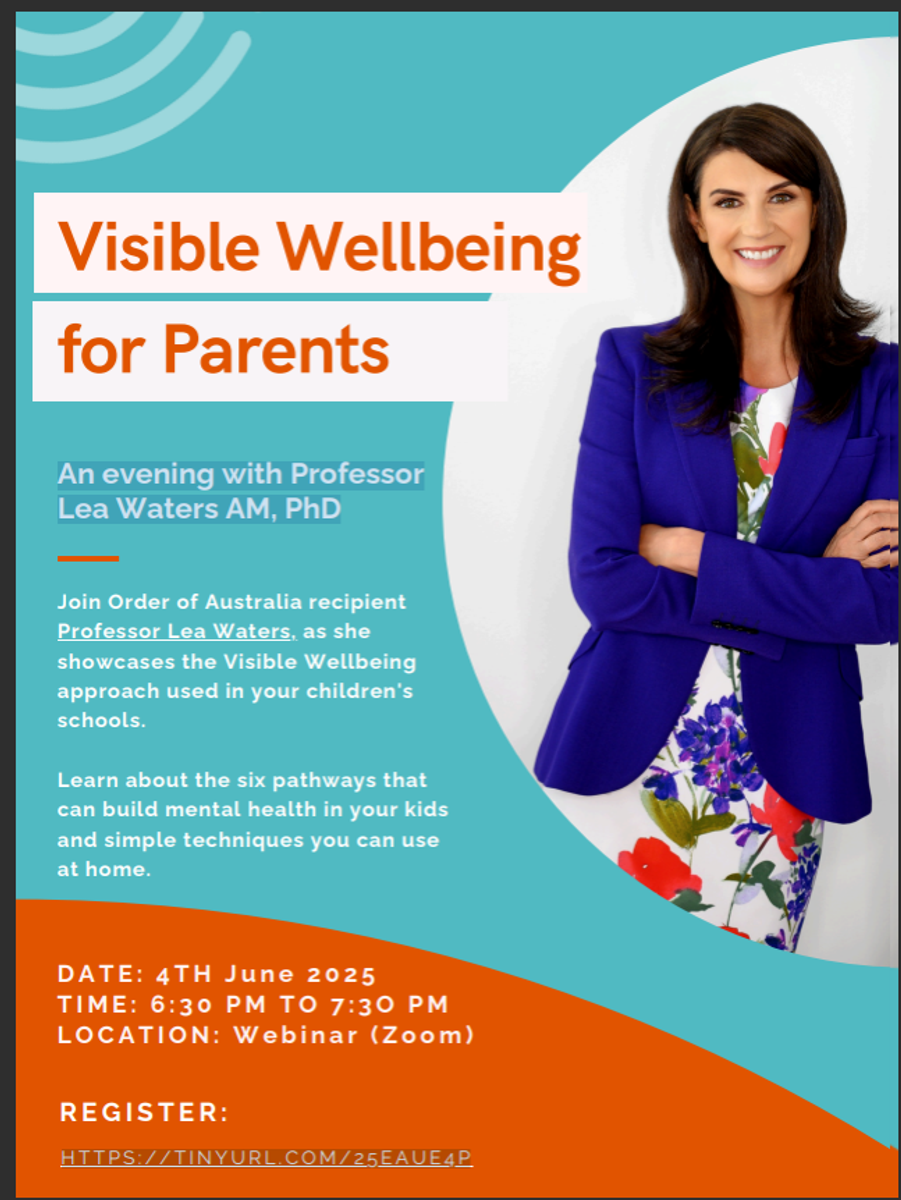Wellbeing
Amanda Howe | Assistant Principal

Wellbeing
Amanda Howe | Assistant Principal
We are committed to creating a positive, supportive, and engaging environment for every student. For this reason, the school is implementing Positive Classroom Management Systems (PCMS) — a framework developed by the Victorian Department of Education to support respectful behaviour, enhance student engagement, and ensure consistent expectations across all classrooms.
What is PCMS?
PCMS is all about creating clear routines, positive relationships, and a calm learning environment where students feel safe, focused, and ready to learn. It helps teachers set clear expectations, respond consistently to behaviours, and support students to make good choices throughout the day.
How does it help students?
PCMS supports children by:
What can parents do?
We encourage you to talk to your child about the classroom expectations and the positive behaviours being encouraged at school. Together, we can help our students thrive socially, emotionally, and academically.
If you’d like to learn more about PCMS, feel free to speak to your child’s teacher or visit the Department of Education website for more information.
The Visible Wellbeing framework is being implemented to enhance the emotional and mental wellbeing of all students. One important part of this framework focuses on Habits and Goals — helping children understand how daily actions and clear intentions can support their wellbeing.
Through age-appropriate lessons and classroom routines, students are learning to:
By making these practices visible in the classroom, students start to understand that wellbeing isn't just something we feel — it's something we can build through consistent actions and healthy thinking patterns.
💬 Try this at home: Ask your child: “What’s one small thing you want to get better at this week?” This helps them begin thinking about goal-setting and self-growth in a positive way.
As part of our school’s wellbeing program, we teach students important life skills through the Resilience, Rights and Respectful Relationships (RRRR) framework, developed by the Victorian Department of Education. One key focus area is help-seeking — learning when, how, and who to ask for help.
Through classroom activities and discussions, students are supported to:
These skills are vital in helping children build resilience and handle everyday challenges with confidence. At school, we encourage the message that asking for help is a sign of strength — not weakness.
👪 Conversation Starter for Home:"If something was bothering you at school or home, who would you talk to about it?" This simple question can open up a great discussion and help your child feel supported and heard.


Join Order of Australia recipient Professor Lea Waters, as shes howcases the Visible Wellbeing approach used at HPS.Learn about the six pathways that can build mental health in your kids and simple techniques you can useat home.
Visible Wellbeing for Parents An evening with ProfessorLea Waters AM, PhD
H T T P S : / / T I N Y U RL .C O M / 2 5 EA U E 4 P
D AT E : 4 T H J u n e 2 0 2 5
T I M E : 6 : 3 0 P M T O 7 : 3 O P M
L O CAT I O N : We b i n a r ( Z o o m )